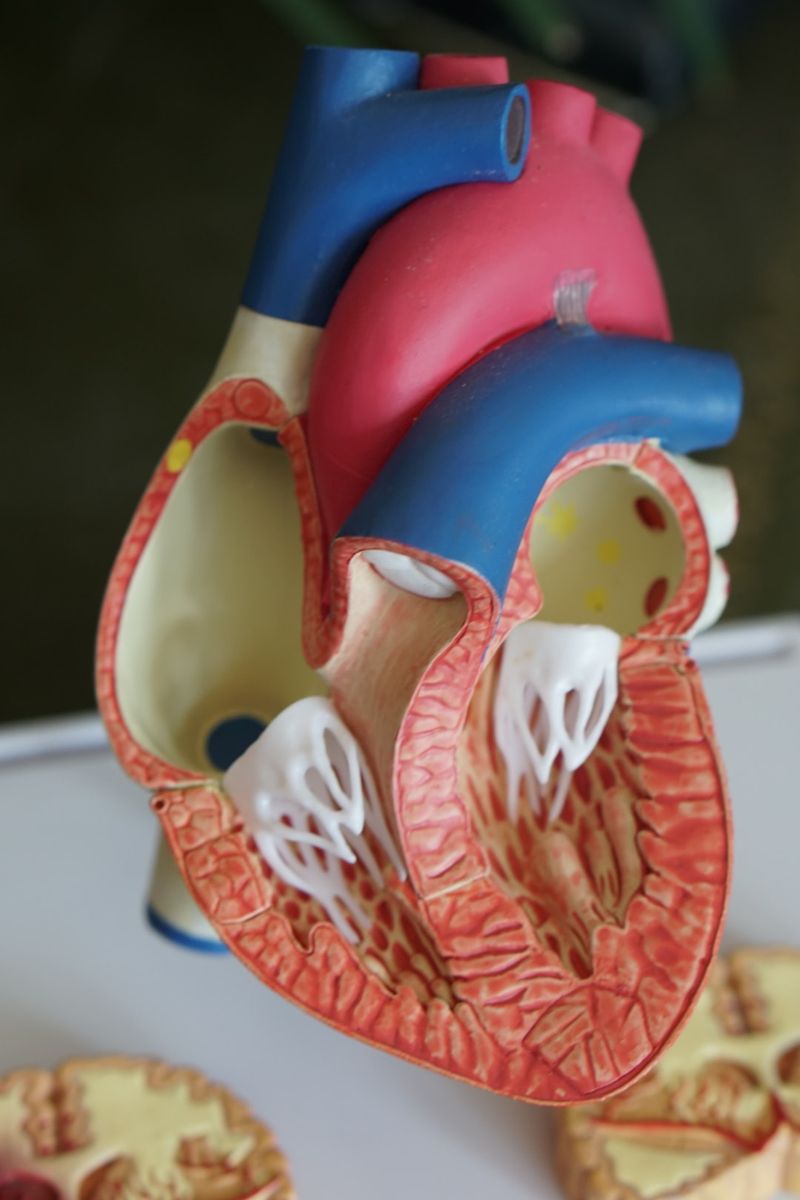Researchers Unveil “Map” of Love‘s Physical and Mental Sensations
Key Findings Highlight Universality and Distinctions of Love
Researchers at Aalto University have recently released a groundbreaking study that unveils a “map” of how different types of love are experienced physically and mentally throughout the body. The study, which encompasses 27 distinct love forms, reveals a continuum from weaker to stronger love sensations, with most love forms being predominantly felt in the head, but with varying intensities elsewhere in the body. This research sheds light on the universality of love‘s physical sensations, as well as the distinctions between different types of love.
Love Across Various Forms
The encompassing scope of the study includes 27 different types of love, ranging from romantic and sexual love to parental love and love for nature or God. While all love forms were found to be most prominent in the head, their intensity and reach varied throughout the rest of the body. Some love forms manifested primarily in the chest, while others were felt more universally throughout the body. The findings also indicate a strong correlation between the physical and mental intensity of love, with more powerful physical sensations leading to stronger and more pleasant emotional feelings.
Methodology and Implications
To create this love “map,” the researchers collected data from hundreds of participants through an online survey. Participants were asked to color in a body silhouette to indicate where they felt each type of love, and they were also questioned about the physical and mental intensity, pleasantness, and association with touch of each love form. The study’s findings challenge existing conceptions of different types of love, demonstrating that they are not merely nominal creations but have tangible embodied experiences.
Philosophical Reflections on Love and the Mind-Body Connection
Philosopher Pärttyli Rinne, who coordinated the study, emphasizes the intriguing fact that all the different types of love are felt in the head. As the study moves from more strongly experienced love forms to less strongly experienced ones, the sensations in the chest area become weaker. Rinne speculates that this may be due to cognitive processes or pleasant sensations in the head, prompting the need for further investigation.
This raises philosophical questions about the nature of love and its connection to the mind-body relationship. Can love be purely cognitive, or does it necessitate bodily sensations? Are these bodily sensations the product of cognitive processes or independent phenomena? Exploring these philosophical inquiries in light of this study’s findings may offer important insights into the complexities of human experiences and emotions.
Editorial: Love‘s Universal Language
This groundbreaking research conducted at Aalto University not only provides a fascinating look into the physical and mental aspects of love but also contributes to our understanding of the universality of love itself. Regardless of cultural background or personal beliefs, love is a fundamental human experience that transcends boundaries and connects us all.
The study’s findings highlight the fact that love is a multidimensional phenomenon that encompasses various forms and intensities. It brings to the forefront the commonality in the way we all experience love, while also recognizing the unique qualities of different types of love. This universal language of love fosters empathy, understanding, and connection among individuals, breaking down the barriers that often divide us.
Furthermore, the correlations discovered between the physical and mental aspects of love emphasize the profound impact that love has on our well-being. As love becomes more strongly embodied, both physically and mentally, the emotional experience becomes more intense and pleasant. This insight can guide individuals in cultivating stronger and more meaningful relationships by understanding the importance of nurturing both the physical and emotional dimensions of love.
Advice for Readers
In light of this groundbreaking research, it is essential for individuals to reflect on their own experiences and understanding of love. By recognizing the multidimensional nature of love, we can begin to appreciate the various ways in which it manifests in our lives. Whether it is romantic love, parental love, love for friends or even love for nature or God, each form of love contributes to our overall well-being.
Furthermore, this research underscores the significance of nurturing our relationships, as the study reveals that the more strongly love is felt in the body, the more intense and pleasant the emotional experience becomes. By investing time, energy, and emotional presence into our relationships, we can enhance the physical and emotional dimensions of our love.
Lastly, this study highlights the importance of empathy and understanding in promoting a more inclusive and compassionate society. Love‘s universal language serves as a reminder that despite our differences, we all share a common capacity for love. By acknowledging and embracing this universal experience, we can foster greater empathy, compassion, and connection within our communities and the world at large.

<< photo by Robina Weermeijer >>
The image is for illustrative purposes only and does not depict the actual situation.
You might want to read !
- Examining the Kenny Pickett-Matt Canada Dynamic: Beyond the Blame Game
- Market Speculation Drives Instacart IPO to Impressive $30 Pricing
- Taylor Swift Unveils Trailer for “1989 (Taylor’s Version)” with Sneak Peek into the Vault
- Why Are Steelers Fans Demanding the Termination of Matt Canada?
- Taylor Swift Unveils Sneak Peek of “1989 (Taylor’s Version)” with Exciting Vault Surprises
- When Will NASCAR Address Safety Concerns After Ryan Preece’s Terrifying Daytona Crash?
- “Unveiling the Charm and Inspiration: My Adventures with Superman Review”
- “Demon Slayer Season 3: Exploring Nezuko’s Drastic Transformation”
- The Troubling Revelations Surrounding Jacky Oh’s Surgeon’s Previous Complaints
- Capturing the Thrills: A Spectacular Glimpse into the 2023 Darlington Raceway Weekend
- Decoding Taylor Swift’s Sneak Peek into the ‘1989 (Taylor’s Version)’ Vault
- The Rock & Roll Hall of Fame Controversy: Jann Wenner’s Removal from Rolling Stone’s Legacy
- In the Shadow of Tragedy: The Ominous Link Between Aaron Hernandez’s Brother and a Potential School Threat
- The Tragic Underwater Collapse: Investigating the Catastrophic Implosion of the Titanic Tourist Sub
- Unveiling the Lost Secrets: Discovery of Titan Submersible Debris near Titanic Wreck
- Unraveling the Mystery Surrounding the Assassination of Sikh Leader Hardeep Singh Nijjar




